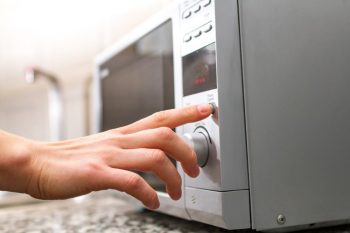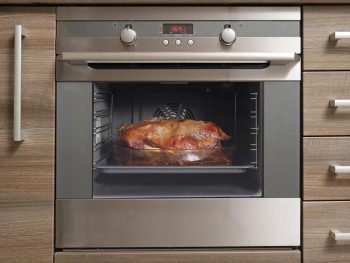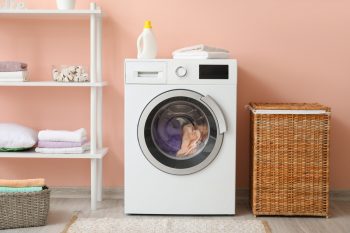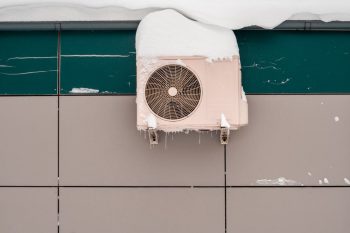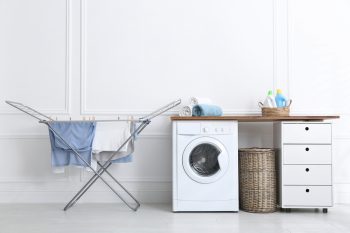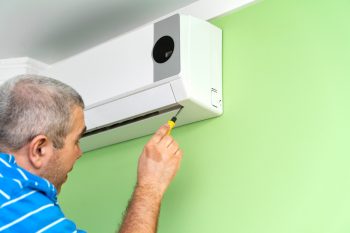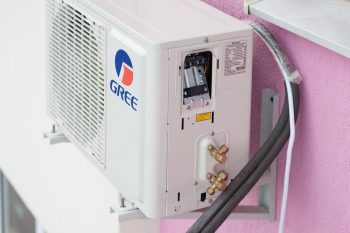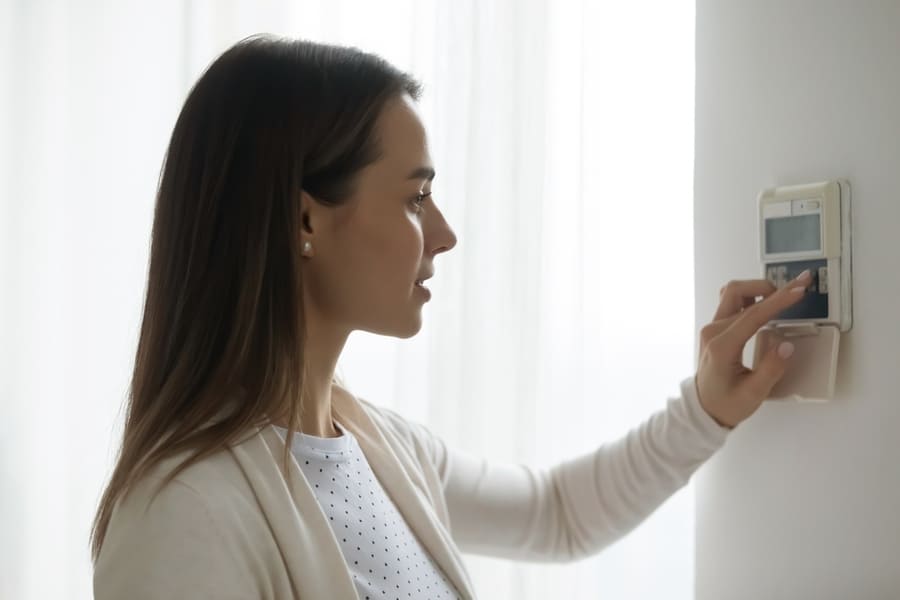
Have you ever heard of “Em” Heat and wondered what it is and how it can help during emergencies? For example, having a reliable heat source can be critical for survival in extremely cold weather or power outages.
A reliable heating system is crucial for keeping your home warm during the colder months.
However, there may be times when your primary heating source fails, leaving you needing emergency heat.
Here are some of the things you need to know about “Em” heat:
- Using “Em” heat regularly can lead to higher energy bills.
- Some HVAC systems have an automatic “Em” heat setting.
- When you turn on “Em” heat, your AC system will stop using the heat pump and use electrical resistance heat to warm your home.
- “Em” heat stands for emergency heat.
Whether preparing for a winter storm or wanting to be more informed about emergency heat sources, read on to learn what you need to know about “Em” Heat.
What Is “Em” Heat?
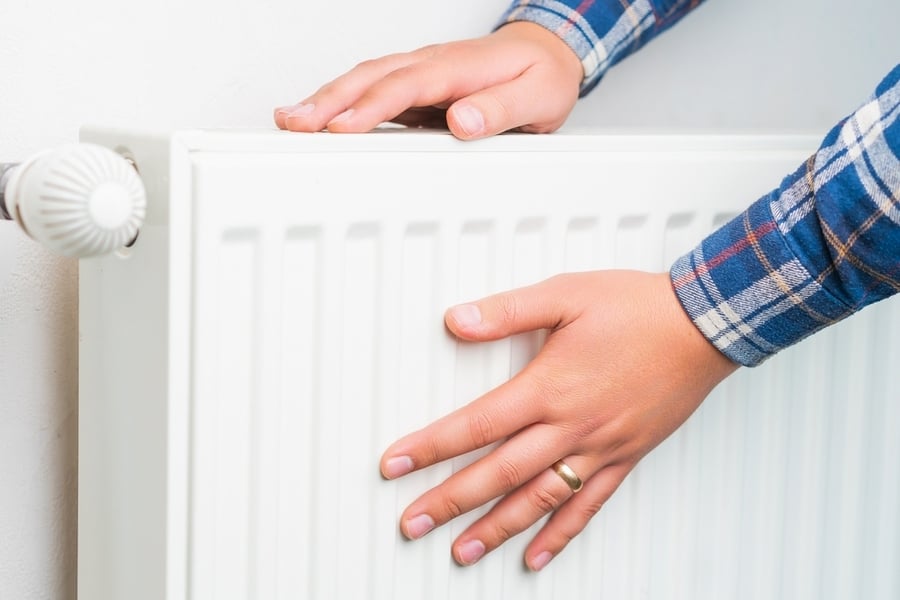
“Em” is “emergency heat” and refers to a backup heating system often included in heat pump systems. Heat pumps transfer heat from the outdoor air or ground to heat a home in the winter and cool a home in the summer.
However, in extremely cold temperatures, a heat pump may not be able to extract enough heat from the outside air to heat a home effectively. In such cases, the “em” heat system provides a secondary heat source to keep the home warm.
How “Em” Heat Works

“Em” heat works using electric resistance heating, which is less efficient but more powerful than the heat pump’s primary heating system.
It draws energy directly from the electrical grid and converts it into heat throughout the home.
“Em” heat is typically more expensive than the primary heating system, so it should only be used as a backup or in emergencies.
The homeowner can activate the system manually or automatically by the heat pump when it detects a malfunction in the primary heating system.
Signs on When To Use Emergency Heat
Emergency heat features many heating systems, including furnaces and heat pumps. It’s designed to provide an additional heat source when the primary heating system cannot meet the demand.
Here are the eight signs that may indicate it’s time to switch to emergency heat:
1. When Your Energy Bills Are Raising

If you notice a significant increase in your energy bills, it may be a sign that your heating system is not functioning efficiently.
This could be due to several issues, such as clogged air filters or a malfunctioning thermostat. In such cases, it may be necessary to switch to emergency heat to ensure that your home stays warm without putting a strain on your energy bills.
2. The Age of the Heating System

The age of your heating system can also be a sign that you need to switch to emergency heat. As heating systems age, they may become less efficient and more prone to breakdowns.
If your system is over 15 years old and experiencing heating problems, it may be time to switch to emergency heat until your system is replaced.
3. A Difficulty in Heating the Home
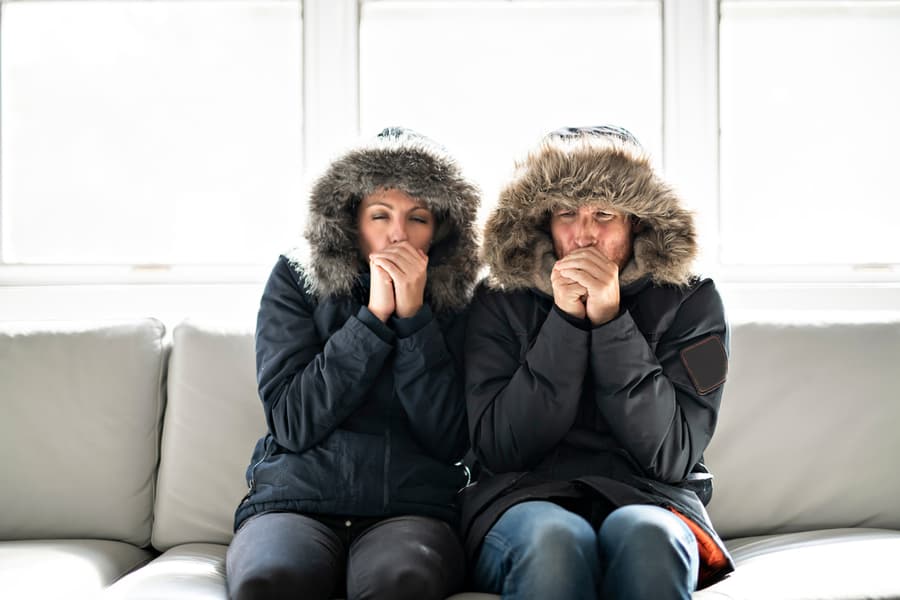
If your home is not heating up properly, even after adjusting your thermostat, this could be a sign that your heating system is malfunctioning.
Switching to emergency heat may help ensure your home stays warm until you can fix the underlying issue.
4. Strange Sounds and Smells From the Heating System
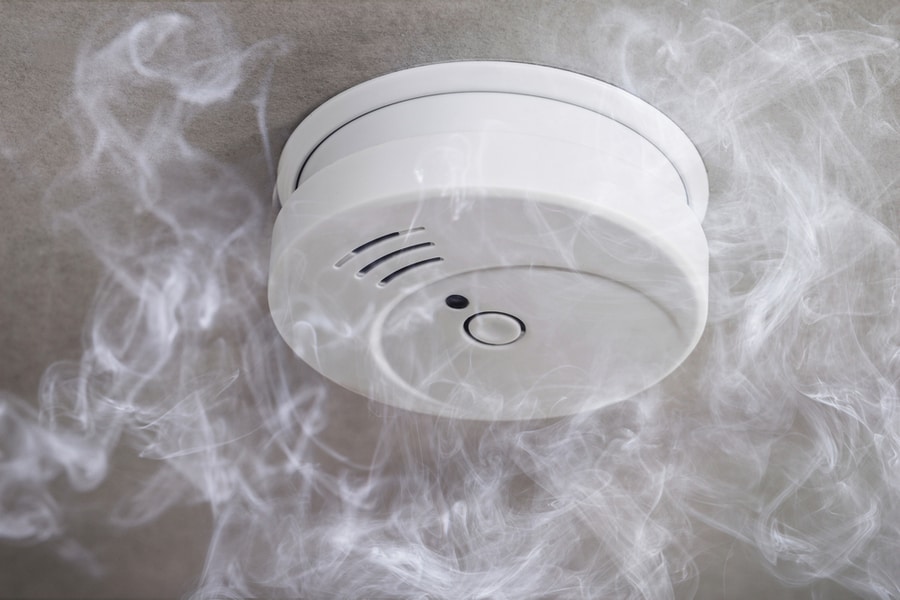
Strange sounds or smells coming from your heating system could also indicate a more serious problem. For example, a burning smell could indicate an electrical issue, while a grinding noise may indicate a mechanical problem.
In such cases, it is important to switch to emergency heat and contact a professional HVAC technician immediately.
5. Cold Spots at Home
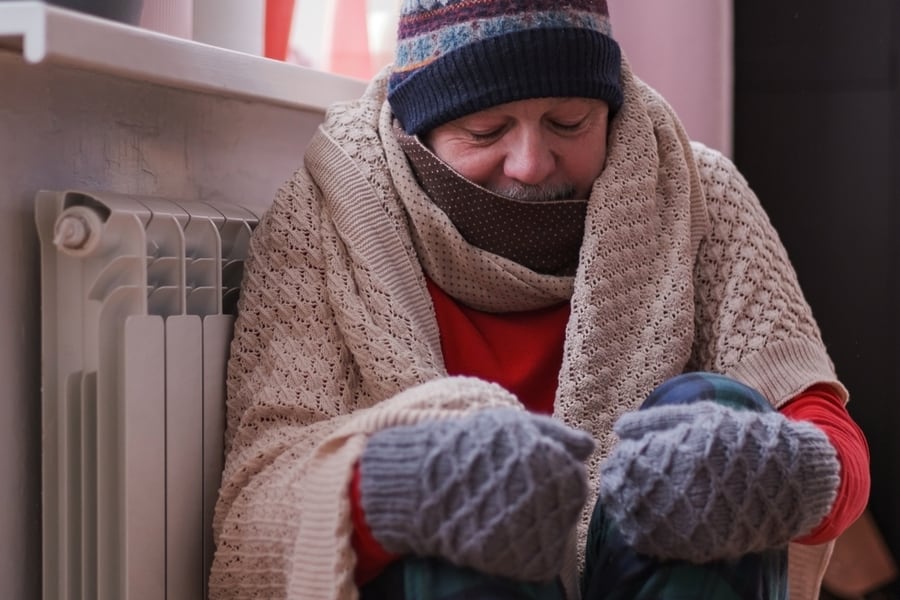
This could be due to several factors, such as clogged air ducts or improperly sized heating systems. In such cases, switching to emergency heat can help to ensure that your home stays warm while you address the underlying issue.
If you notice cold spots in your home, this could be another sign that your heating system is not distributing heat evenly.
6. When You Notice a Malfunctioning Heat Pump
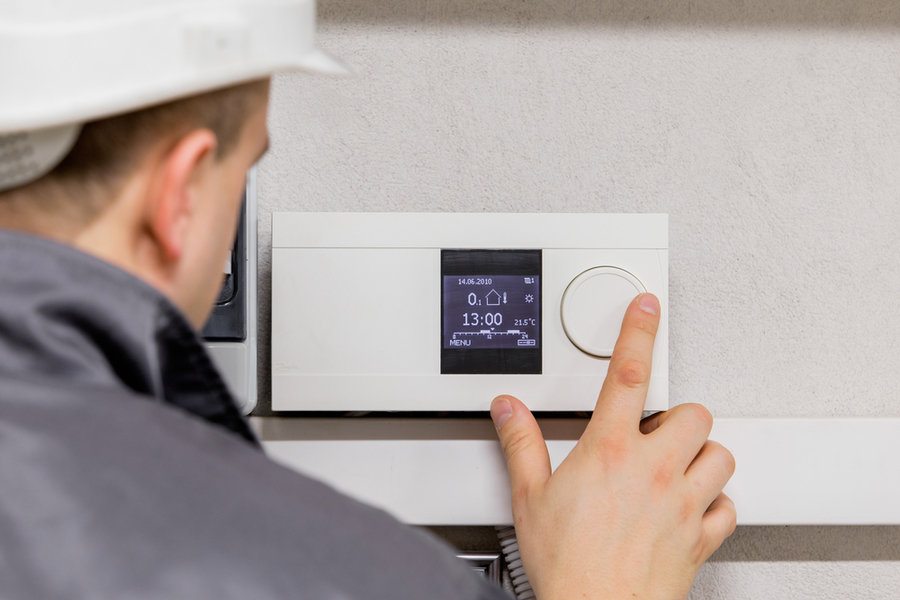
When your heat pump malfunctions, it can cause discomfort and inconvenience. One of the signs that your heat pump is not working properly is when it is not heating your home as it should.
In such a case, you may consider using emergency heat to supplement the heat pump. Emergency heat is designed to provide heat in case the heat pump fails or cannot meet your home’s heating needs.
7. Reduced Comfort

A sudden drop in your home’s comfort level, such as the temperature being too cold or too hot, could indicate that your heat pump is malfunctioning.
You may need emergency heat to supplement the heat pump until it is fixed. This is especially important during extremely cold weather conditions, as lacking heat can lead to health problems and discomfort.
8. Frequent Cycling On and Off of the AC

Another sign that you must use emergency heat is when your AC regularly cycles on and off.
This often indicates that your heat pump is malfunctioning, and emergency heat may be necessary to provide a consistent and comfortable temperature in your home.
Frequent AC cycling can also lead to increased energy consumption and higher utility bills, so using emergency heat can help you save on energy costs while ensuring that your home remains comfortable.
Conclusion
Ultimately, “Em” heat is important to understand when keeping your home warm during the colder months.
Knowing how to use it correctly and efficiently ensures that you and your loved ones stay comfortable and safe even in the coldest temperatures.
By following the tips and guidelines outlined in this article, you can stay warm and prepared for any unexpected cold snaps that come your way.
So remember, when it comes to emergency heat, it’s better to be safe by knowing the signs of when to use emergency heat.
Frequently Asked Questions
How Long Can I Run “Em” Heat?
Running emergency heat continuously for a long time is not recommended, as it can cause your energy bills to skyrocket.
”Em” heat is designed to be a backup system in case your primary heating system is repaired or until the temperature outside warms up enough to allow the primary heating system to function properly.
Suppose you find yourself in a situation where you must run ”Em” heat for an extended period. In that case, monitoring your energy consumption and making necessary adjustments to reduce energy usage is important.
It would be best to consider contacting a professional HVAC technician to inspect your heating system and recommend the best action.
How Do I Know if I Have “Em” Heat?
If you have a heat pump, your thermostat will have an “Em heat” or “Aux heat” setting that allows you to your backup heating system manually. However, you may not have ”Em” heat if you don’t have a heat pump.
If you’re unsure you have ”Em” heat, consult your HVAC manual or contact a professional HVAC technician to inspect your system and provide guidance.
It’s essential to know if you have Em heat in case of a heating emergency, so you can take appropriate action to keep your home warm and safe.


